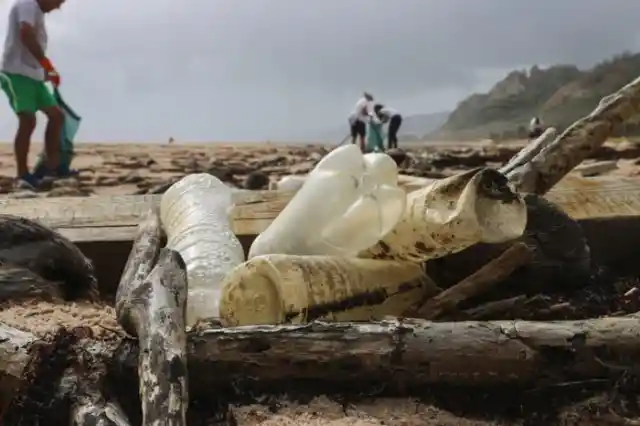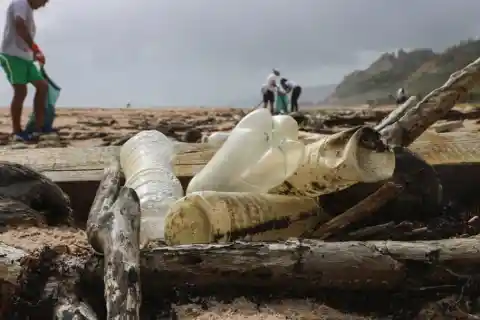The Great Blue Hole that lies off the coast of Belize has commanded the fascination of explorers and researchers around the world. Its dark blue color makes it stand out from the rest of the Caribbean water scene. Thriving in a circular form, it stretches across 1,043 ft to leave viewers in awe. Not just that, it justifies its name by plunging its secrets to 420 feet depth. Forming a part of the Belize Barrier Reef Reserve System, it cherishes its place in the World Heritage Sites. Despite that, it has continued to hold its secret close to its heart. To unravel its enigmatic threads, a team of explorers have taken to its depths and have grabbed some chilling bits.
Cousteau Connection
When it is about exploring The Great Blue Hole, nobody else other than the Cousteau family seems fit to carry on that task. After all, it was Jacques Cousteau, Fabien Cousteau's grandfather, who brought it into the limelight. Fabien Cousteau has taken the line by playing as an aquanaut, ocean conservationist, and documentary filmmaker in the sphere. Carrying forward his Cousteau roots in the best way, he has earned his name in the scuba diving world. But his landing at its bottom has taken it to another level. It has added to his surprising moments of life.
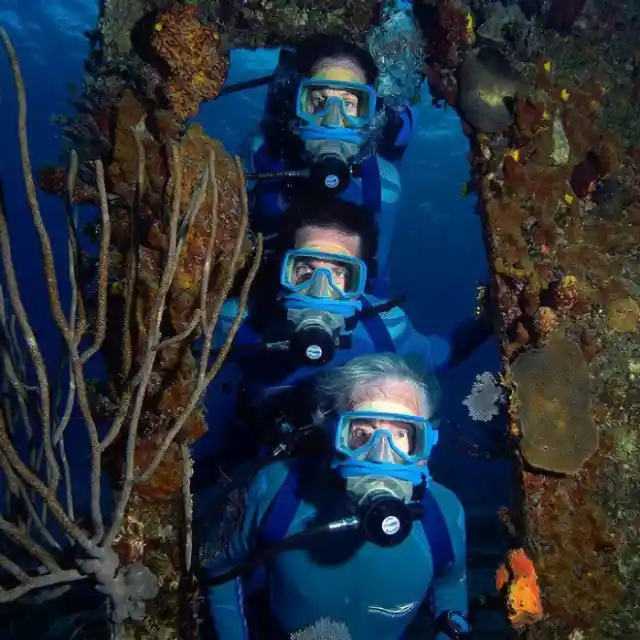
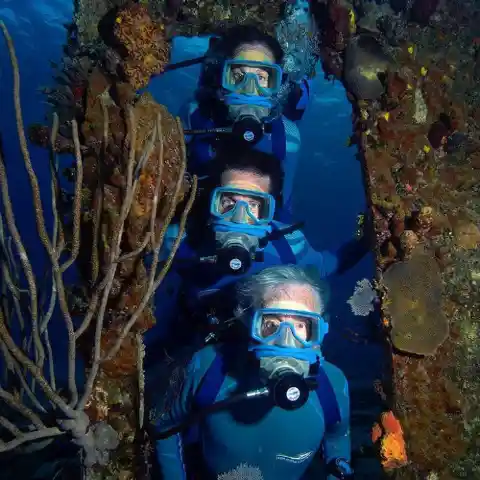
Pride Of Belize Barrier Reef
Belize Barrier Reef Reserve System cherishes the privilege of holding the enigmatic Hole. The Reef thrives as a series of coral reefs off the coast of Belize. Forming a 300-kilometer (190 mi) long part of the 900-kilometer Mesoamerican Barrier Reef System, it manages to allure avid scuba divers around the world. Sprawling from the Yucatán Peninsula to Honduras, it celebrates itself as the second-largest coral reef system. The Great Blue Hole takes its center to add glitters to its case. Its mystic beauty also shimmers at its best to make it visible from the space.
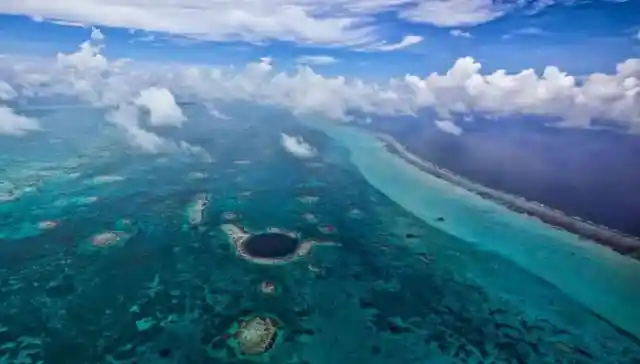
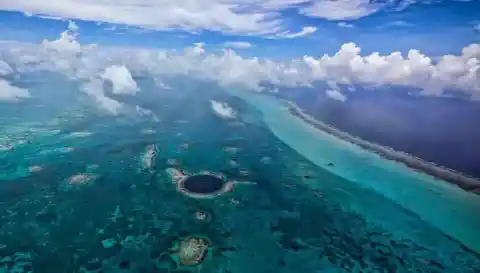
Hotspot For Divers
The Great Blue Hole associates itself with the Lighthouse Reef within the Belize Barrier Reef Reserve System. Thriving 70km away from Belize City, it entices divers with its mesmerizing beauty. Not just that, the marine life breathing in its iconic waters provides another pull for the adventurous divers. As a result, it is always a bustling sight with divers taking to its paranomic depths. Divers donning sufficient experience test their mettle and add another feather to their case by taking to the Hole. However, its bottom remained a virgin, with its secrets escaping the world’s eyes.
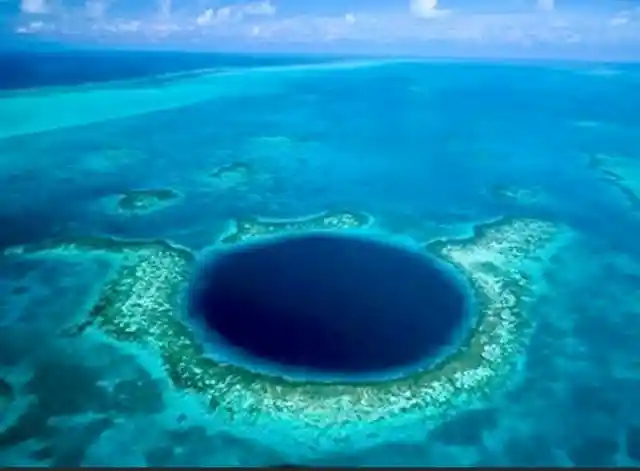
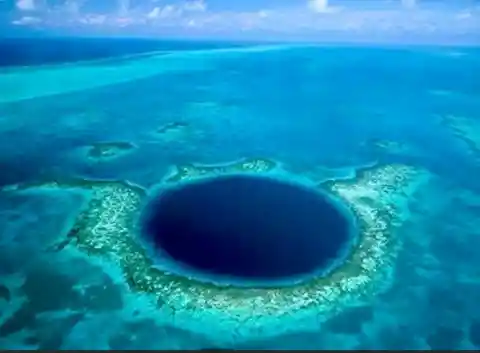
Legacy Learner
Fabien Cousteau holds not only his hierarchical lines to Jacques Cousteau. But he has also had the honor of learning from his works. His grandfather had placed The Great Blue Hole among the top five scuba diving sites and had also taken the initiative to fathom its depth in 1971. He had the chance to be on the board of Calypso and Alcyone, his grandfather’s beloved ships. Not just that, it was Calypso that facilitated Jacques’s journey to the Hole. Thus, one could expect Fabien to come up with the dizzying facets of the Hole into the light.


Star Studded Team
While Fabien Cousteau hogged the limelight with his presence in the team, there was another star doing rounds. He was the much-celebrated billionaire Sir Richard Branson. The founder of the Virgin Group put on his exploration love and joined the waves featuring the long-waited expedition into the Hole. Not just that, the high on spirits men also got the company of the oceanographer Erika Bergman. She went to the bottom of the Hole with them to witness its mystic side in the best possible way. The starred names had their breathless moment together after touching their destination.
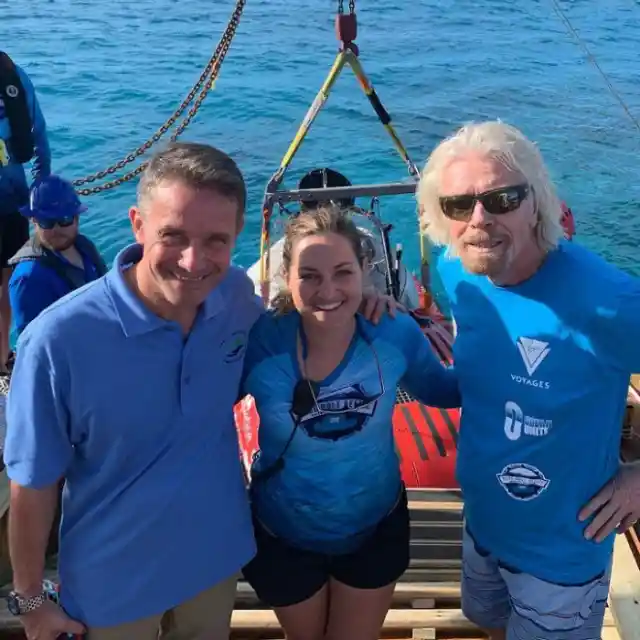
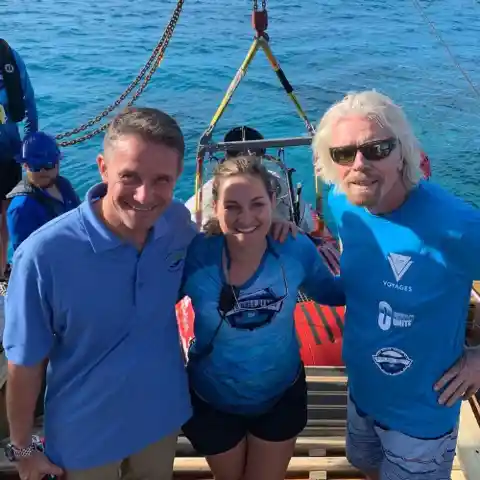
Man On A Mission
Sir Richard Branson has made headlines not only for his enticing wealth and money. But he also cherishes his fame for his humane incentives. He has pumped goodness of will in addressing many perturbing issues around the world. Among them, climate change and sustainability have been some of the subjects that have won his attention. He had hosted an environmental gathering at his private island (Necker Island) in 2008 to amplify voices highlighting the global crisis of climate change. There have been many other incentives that have made him struck the humane notes with his determination.


Moments For Media
The expedition was not a hush-hush affair. It received the spotlight around the world. The extensive coverage of the initiate was not a surprise for the mystic beauty and features of the Hole. After all, it was the first of the kind expedition. To let the world capture the breathtaking moments, it was to make waves on the television. And, the Discovery Channel was all set to take up the initiative with the title: Discovery Live: Into the Blue Hole. Thus, the team got ready to breathe into the enigmatic routes with worldly eyes fixed on them.

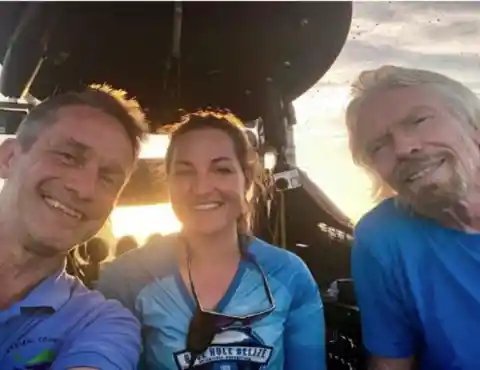
Riding The Aquatica
The mission was not only about delving to the bottom of the Hole, but to witness and record the breathtaking views thriving around. To facilitate a trip that could perform well on all parameters, Aquatica Submarines stepped in with a perfect submarine. Beaming with red charm, its Stingray 500 rose to the fore with all the required bits. It featured a viewing dome that was large enough for the team members to cherish the scene around. Owing to its indispensable role in the expedition, it also got in the center of fame around the world.
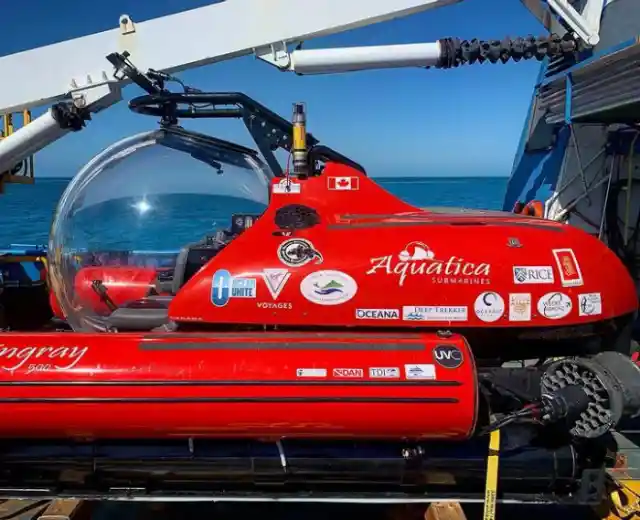
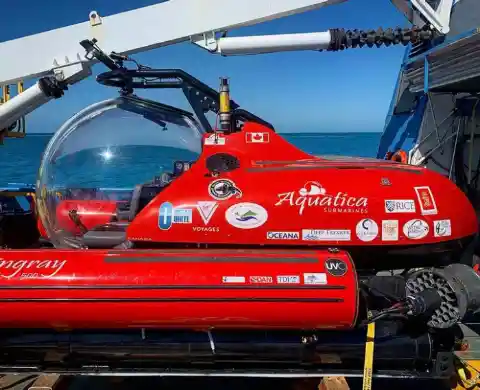
Stalactites Surprise
Penetrating deep into the mystic waters around, the team at first received the stalactites surprise whirling around. The mineral formations generally appear hanging down from the ceiling of caves or other structures on the land. It was thus a stunning moment for them to see stalactites all around them underwater. The stunning sight shot in many quizzing bits in their minds, relating to the possibility of those formations in the marine environment. It was an amusing addition to the intriguing bits in the domain of geology and its facets, thus, inviting researchers’ attention all over the globe.

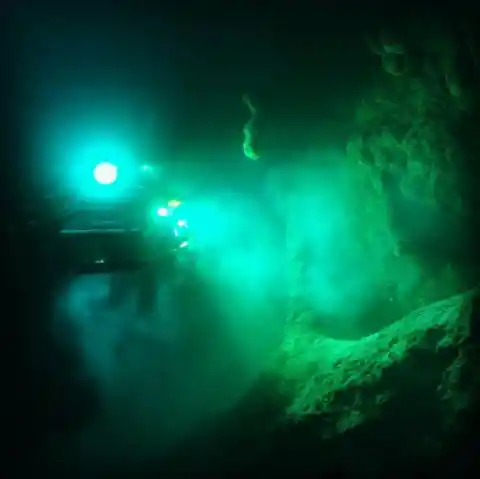
Climate-Change Association
The appearance of stalactites in The Great Blue Hole evoked their association to the adverse repercussions of the climate change crisis. Sir Richard Branson also saw their presence underwater through the same prism. And, it was the precise explanation to come up as there were dry caverns above sea level during glacial periods in that region. By the end of the Ice Age, sea level breached the mark to a great extent. Dry caverns thriving above thus became a part of the underwater world. Climate change bits loomed around to paint the stunning view.


Understanding Mysteries
The Great Blue Hole has enticed researchers to delve into its enigmatic sphere not only for understanding its geological origins. But it has also appeared as a way to understand the mystic changes in different surroundings regions. This facet had driven a team of researchers from Rice University and Louisiana State University to the Hole. They had gone ahead to collect samples from lagoon walls in and around it, years before the expedition by Richard Branson, Fabien Cousteau and Erika Bergman. They were keen to unravel the enigmatic changes that doomed the forests in Central America.
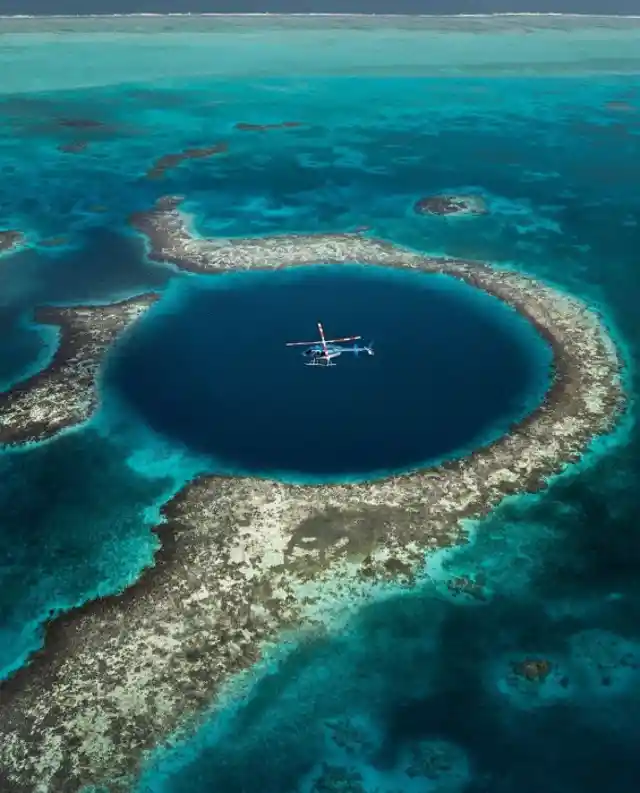

The Mayan Connection
The researches concerning Blue Hole also seek an answer to the esoteric disappearance of the Maya Kingdom. The Mayan civilization was a ruling affair of the land across Central America. The researchers have analyzed the sample and have found some leads in that direction. The underwater cavern samples have signaled the possibility of the massive drought striking the civilization. The drought seems to have descended around 800 and 900 AD when the kingdom had seen its decimation. Thus, they have followed the lines to reach the Blue Hole and Maya connection with the Hole retaining its mystery.
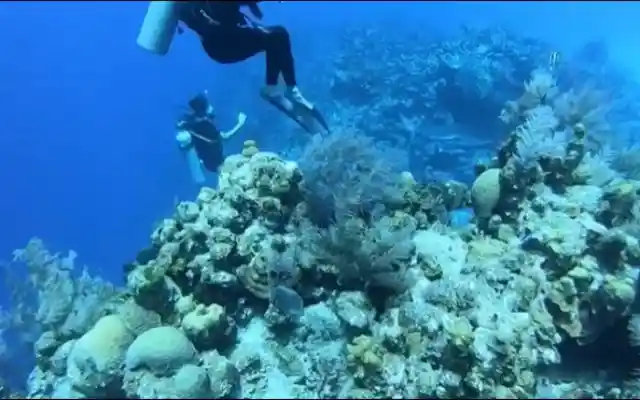
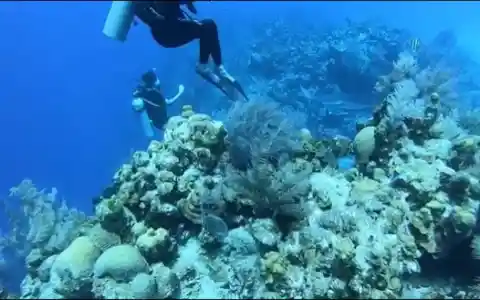
Toxic Appearance
Leaving the stalactites wonder behind, the team continued to delve deeper into its iconic depths. Then, they came across a deadly floating barrier. With its thickness marking at 20 feet, it was obstructing the way 30 meters below. Its inimical nature attributed to hydrogen sulphide. Evolving as the byproduct of bacteria and rotting plant debris, it makes it impossible for marine life to thrive around. That was the reason why the team came across carcasses of crabs, etc., in the surrounding caves. Thanks to their submarine’s extraordinary built, they managed to surpass it and move further deep.

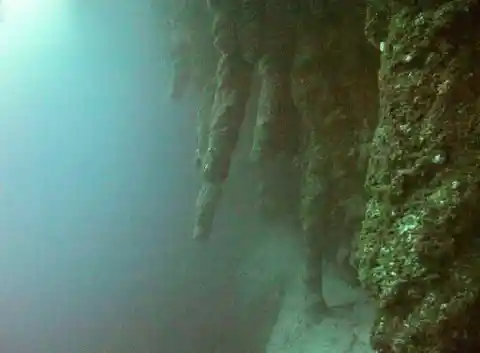
The Triumph
Making through the deadly hydrogen sulphide, they finally could see their destination becoming clearer. Their wait finally got over! They got their names etched in golden hues for undertaking the first expedition reaching the bottom of the Hole. Cherishing the moment to the full, they then began thinking about the ways they could take the valuable bits back with them. Fabien was looking for the best around to expand on his grandfather’s lines and add to his family’s legacy. But their plans got a twirl when they saw a scary scene evolving below and before them.
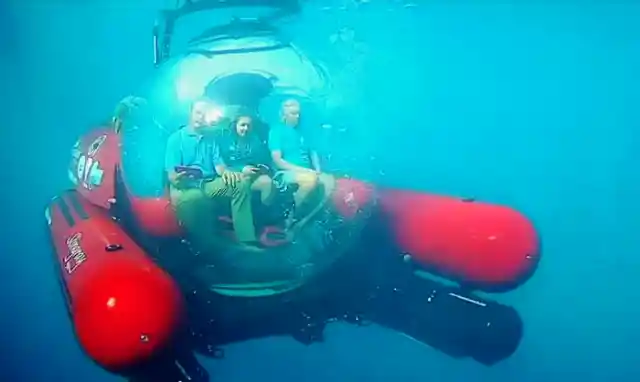
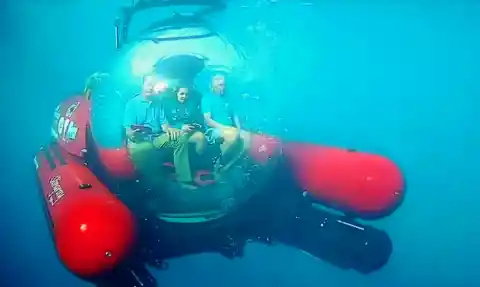
Lowered Into Landfill
The blue beauty of the Hole soon faded from their mind as they began to figure out a full-fledged garbage landfill thriving at its bottom. Contrary to fantasy vibes ruling at its surface, its bottom provided a rankling picture of human beings’ callous treatment of the natural bounties thriving around. The initial exhilaration of venturing into the enigmatic spheres of the Hole evaporated to make way for disgust and condemnation. They could see zillions of plastic bottles, bags and other garbage marring its charm. The harrowing scene shook their conscience and highlighted the destruction breathing all around.

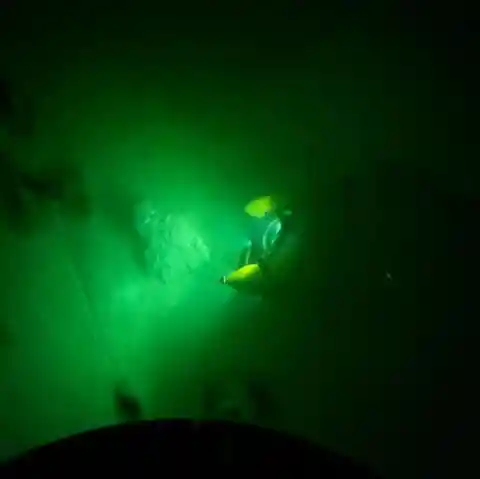
Recounting The Horrors
The team did not come back empty-handed. The obnoxious sight of the bottom of the Hole dropped the veil that had been concealing the alarming situation rearing on the sea beds. The burgeoning water pollution nudged them to voice their concerns. And, Sir Richard Branson was all up to figure out a way to awaken the sleeping souls around. He went ahead to join hands with the Ocean Unite and shouldered the responsibility. He strived to take steps in quelling the catastrophe bubbling in the marine scene to the best possible extent across the globe.
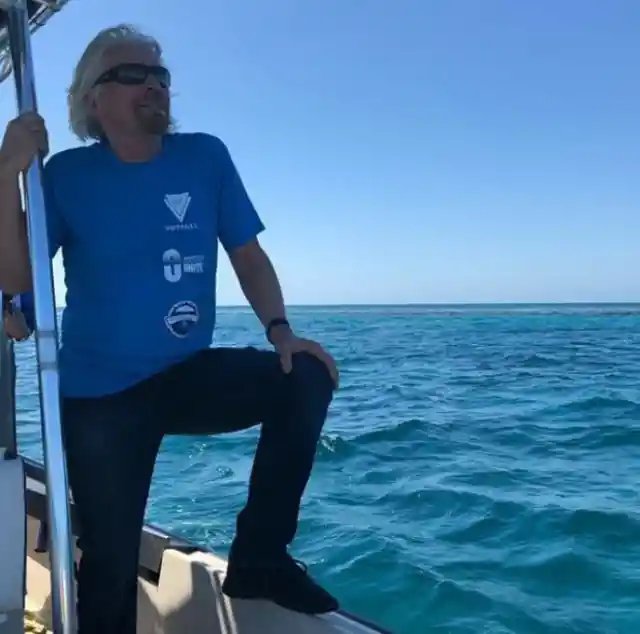
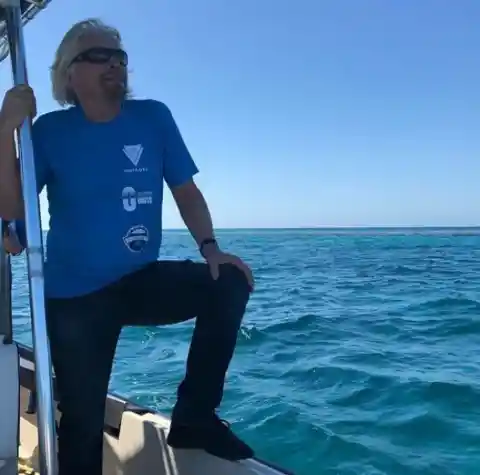
Uniting For Change
With ocean health and resilience at the center of its affairs, Ocean Unite looks forward to the revival of ocean charm. Spearheading the famous initiative: ‘#Love30X30’, it prods in the need to act and protect 30% of the world’s ocean by 2030. Apart from that, it also runs many other initiatives to take on oceanic matters in a proactive way. On the other hand, Branson had tried to persuade the prime minister of Belize to declare 10% of Belize’s territorial waters. Not just that, he had also pressed on the need to ban ocean damaging products.
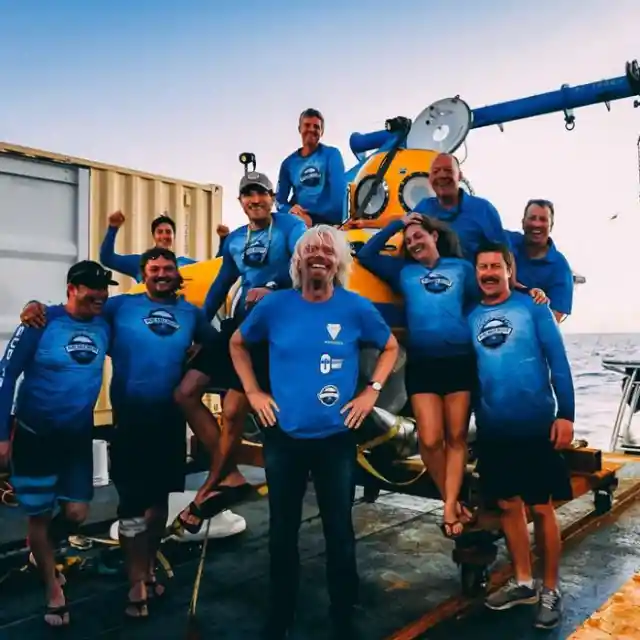
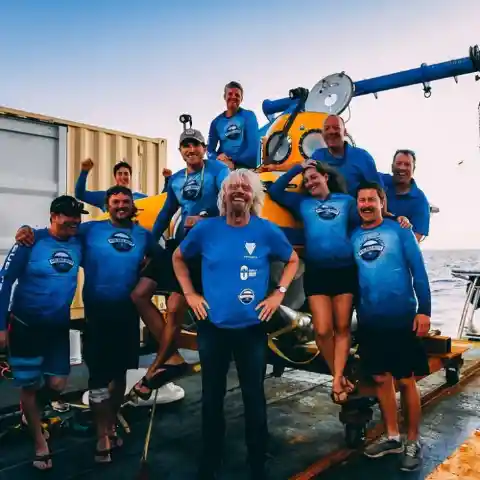
Branson’s Way Out
The harrowing sight of the Hole’s bottom did not fade away for Branson. Giving in to his heart’s calls, he decided to make strides in that direction. After getting home from the obnoxious discovery, he went ahead to put a ban on the use of single-use plastic on his airlines. Belize had also banned it in 2019. His fear of having his grandchildren live in a world bereft of nature’s bounties and pleasures pushed him to go farther. He worked out more ways to press down on the burning situation in the marine scene.
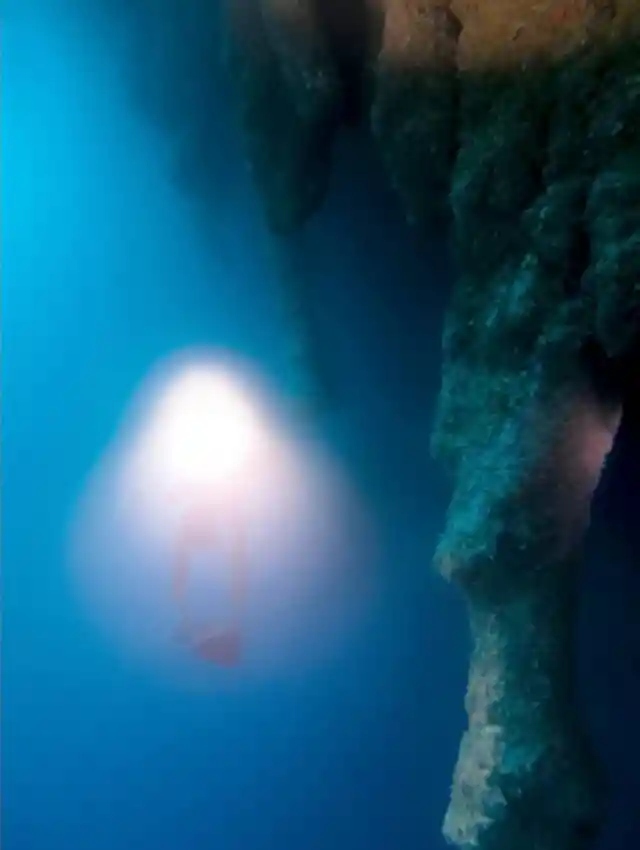
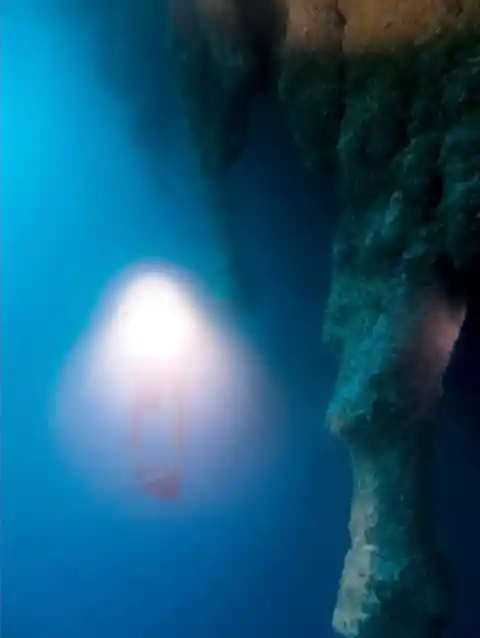
Environmental Leader
Sir Richard Branson has not restricted himself to a handful of subjects. But he has used his fortune, name, reputation and fame to contribute against many causes that are making caveat bells chime. As a result, one can find him featured in various NGOs and initiatives running around the world. For instance, he has raised the stakes to conserve Madagascar's ring-tailed lemur by purchasing a Caribbean island for that initiative. Not just that, one can also find him in the member list of Ocean Elders organization. Bringing global stars and personalities together, it works to push the ocean issues.


Plastic Menace
The biggest threat rearing its ugly head in the oceans is none other than plastic pollution. With its traces weighing the deepest sinkholes of the globe, it is high time for one to act pragmatically. The situation has gone worse to an alarming extent. A study has forecasted the plastic pollution in oceans to triple by 2040. Sensing the adversity of the situation, many initiatives and organizations have jumped into it to mobilize support and efforts. Not just the Great Blue Hole, but many other blue holes like the Red Sea Blue Hole are braving it.

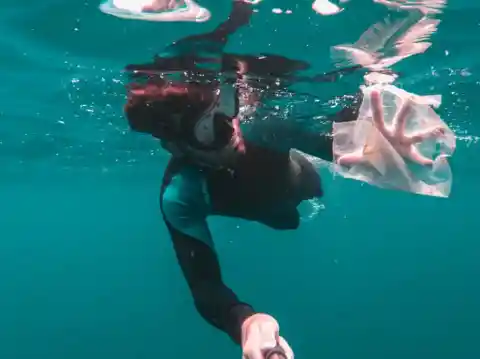
Red Sea Blue-Hole
Another Blue Hole that features on the list locates itself in the Red Sea. Situated on the southeast Sinai, it draws a crowd of divers. With its depth over 100 m, it rises on the fore as an alluring diving location. Adding to that, the absence of current in it takes the diving narrative to another level. Moving ahead, the region also cherishes a good reputation for the abundance of coral and reef fish. But it also supports a record of diver fatalities that range between 130 and 200, for a reason ambiguous to the world yet.
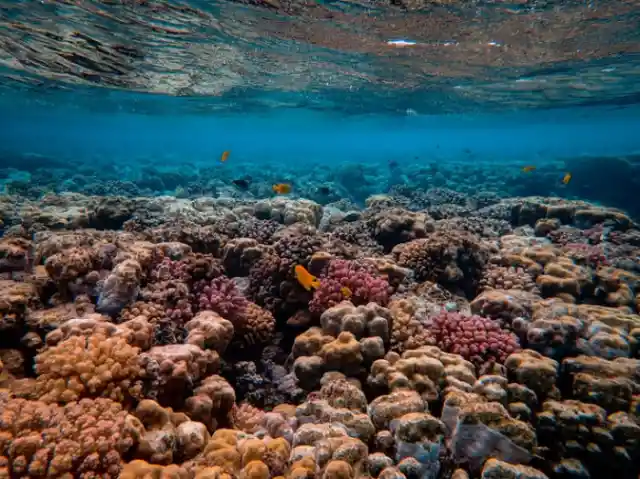
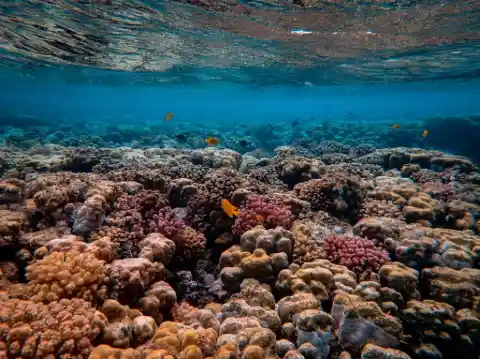
Beach Delight
Unlike the Great Blue Hole, the Red Sea Blue Hole is not far from the shore. To one’s delight, one can see it sprawling near the beach. Thus, one need not book a boat to venture to its beauty. However, its proximity to land contributes more to its gloomy facet than to the amusement of divers. One cannot simply think of breathing into its beauty by jumping off the beach. Many pernicious bits hover around to cast death clouds over the diving spree. Thus, one has to be vigilant before undertaking any diving activity to explore its depths.

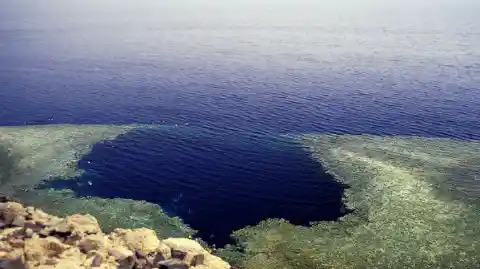
The Arch Threat
One of the factors that lend the Red Sea Blue Hole its ‘cemetery’ image is the Arch. It refers to a tunnel that forms a part of the Hole’s premises. It comes up as a threat for its ceiling that is 55 m (170 ft) deep. For a recreational diver, 40 meters stands as a limit. Hence, a regular diver may not have the competence to cross that. Hence, to ensure the safety of the divers, The Egyptian Chamber For Diving & Watersports (CDWS) has deputed an official to allow only the divers that have a certified guide.
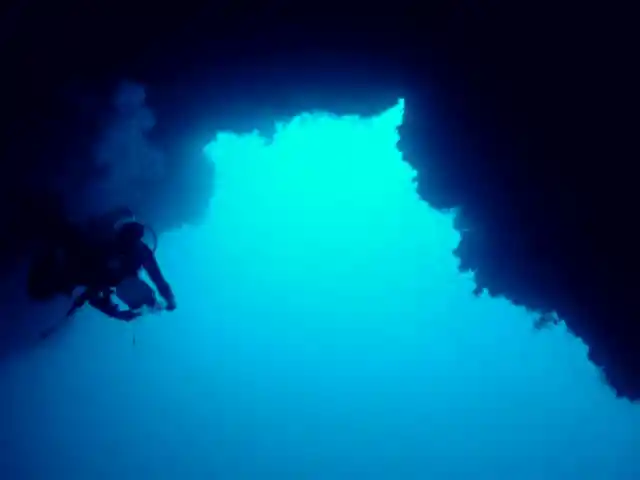
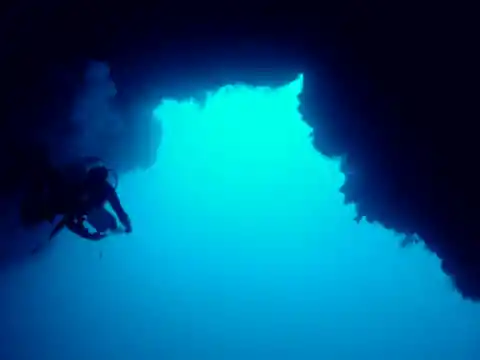
Perilous Dive
Holding the title of being one of the most dangerous diving sites, the Red Sea Blue hole makes headlines with causalities. One can trace its perilous nature to the Arch, nitrogen narcosis that takes over the diver as they dive deeper and deeper in the Hole and various glitch, snag and wrong calculations. Apart from that, the growing plastic pollution is adding another layer to that narrative. The figure of deaths in the hole is off the mark. Different reports put it at different levels. Despite its reputation, divers flock to test their diving competence and sometimes carelessly.
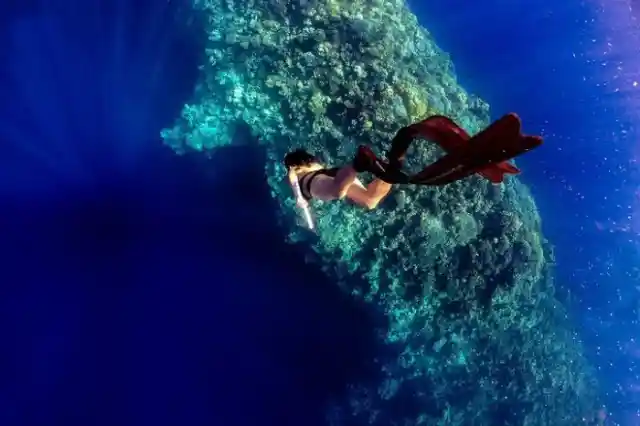
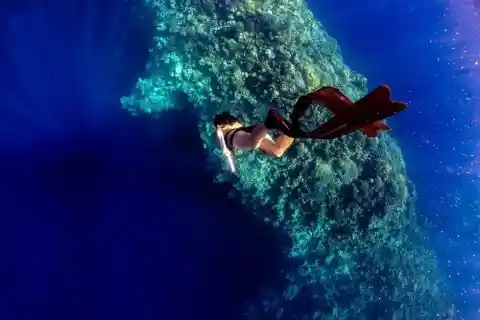
A Universal Problem
No matter to which ocean spot one is referring to, the heaps of plastic garbage have become a common finding. From Blue Holes to other iconic ocean names, each of them is reeling under the burden of plastic menace. The obnoxious landfill site was not unique to Cousteau, Branson and Bergman’s expedition. Many other explorers have found the material polluting the ocean scene. No matter whether humans have managed to penetrate to the points underwater or not, plastic has already made its appearance there. It is indeed overtaking humans in the race to the marine beds!
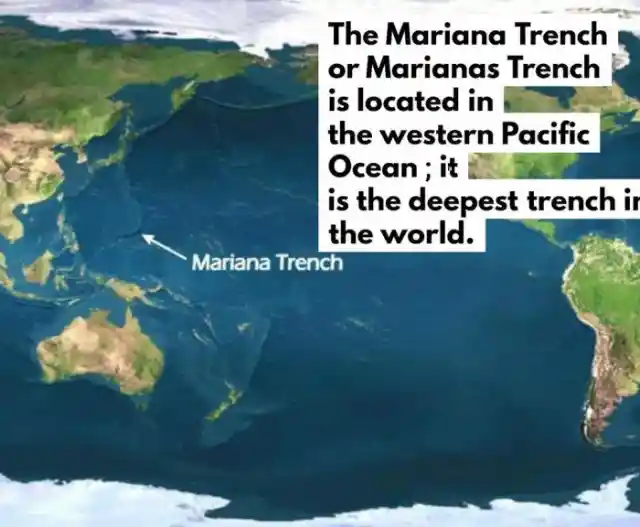
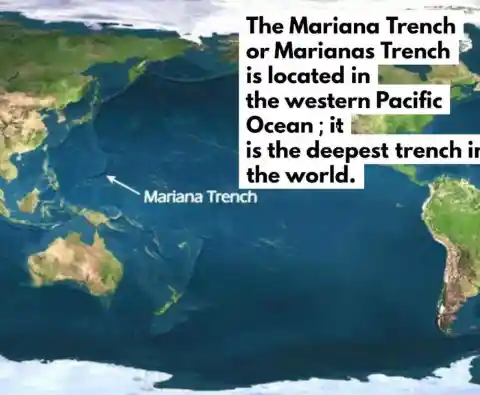
Deep-Sea Debris
To keep a check on the materials that are contributing to ocean pollution, Deep-Sea Debris Database has taken to its form. It maintains its network with divers around the globe. It keeps a record of the garbage that they get during their underwater sprees. Not just that, it specifies them distinctly for better analysis and interpretation. Going through the database, one can see plastic bits topping the charts. Not just that, it again proves its universal characteristic by being the most common trash found in worldly marine bodies. To one’s horror, the majority of them is single-use plastic.
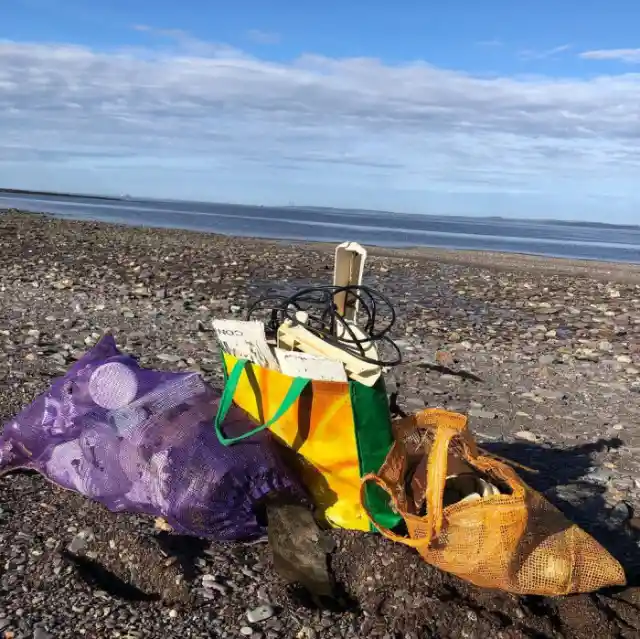
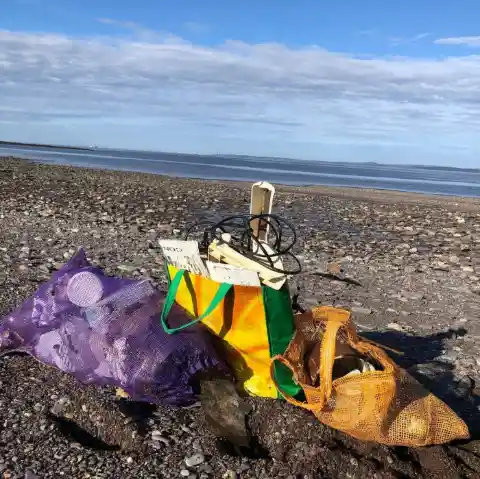
Mariana’s Horror
The plastic pollution juggernaut has not spared even the deepest point on the Earth. The bottom of Mariana Trench is also witnessing the deadly hues of plastic around. As persprees by the exploration vessels of the National Oceanic and Atmospheric Administration (United States), 17% of Mariana Trench’s images have got organisms battling with plastic. Giving the location of the Mariana Trench, it becomes important for one to focus on the origin of the plastic menace. Not just that, its course in the marine scene is also important to understand the problem in the best light.
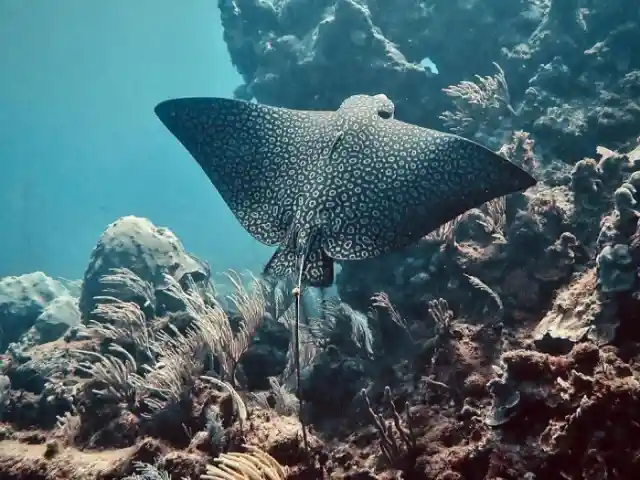
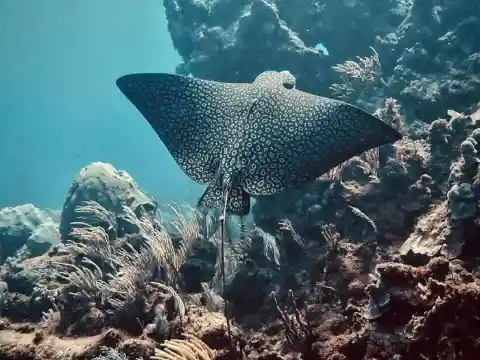
Investigating Origins
Taking the talk surrounding pollution menace seriously, one can stumble upon many reasons for the problem. The first source of marine plastic pollution, of course, is the direct dumping of waste in the oceans around the world. With plastic bits getting smaller, they move downwards with ease. And, the result is the deepest point on the planet becoming plastic polluted. Apart from that, one can also trace it to the rivers that flow through human inhabitations before merging into seas and oceans. Thus, it is a multi-dimensional caveat and requires a global approach as its best solution.
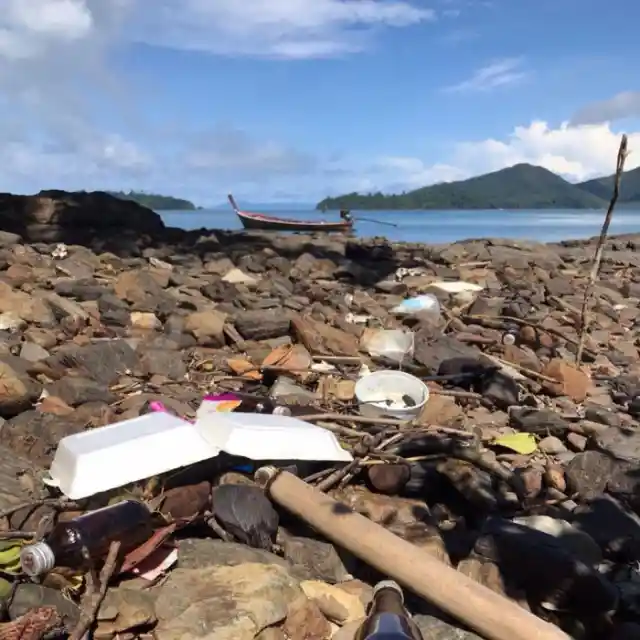
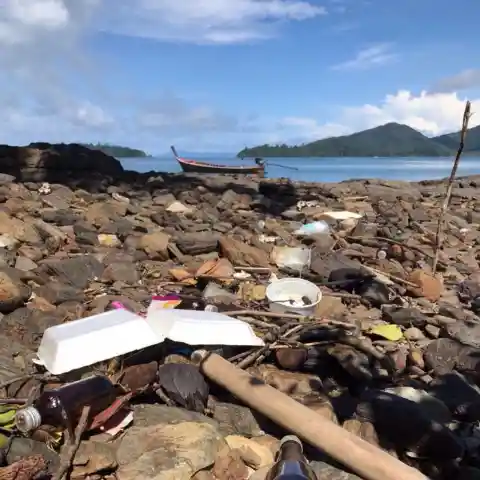
Garbage Patch
Adding another harrowing line to the ever-growing plastic pollution problem, we have the Great Pacific Garbage Patch. Locating itself in the North Pacific Ocean, it refers to the marine debris. Also donning the title: the Pacific trash vortex, it stretches from the West Coast of North America to Japan. Owing to the increasing concentration of non-biodegradable debris like plastic, the trash has begun to accumulate. Among them, micro plastics are ruling, making the water look like a cloudy soup. As a result, marine beings are prone to consume the deadly bits floating around, making it a grave problem.

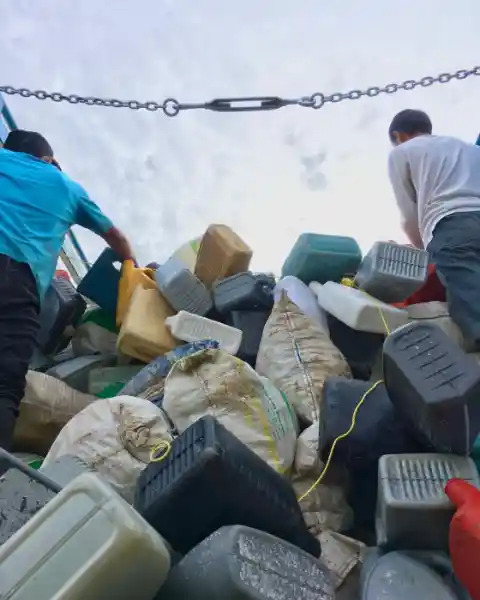
Deadly Fibers
With plastic fibers rising around the ocean scenes, marine animals are lurching into crises. This could be attributed to the ease with which the deadly bits reach the digestive system and bloodstreams of animals. Not just the Great Pacific Garbage Patch, many other celebrated marine scenes are going through the same problem. Well, this menace does not restrict itself to marine life. It has the power to throw human populations out of the order of their life. In some places, it has begun to show its extreme side. Diseases and epidemics bursting around are one of the facets.
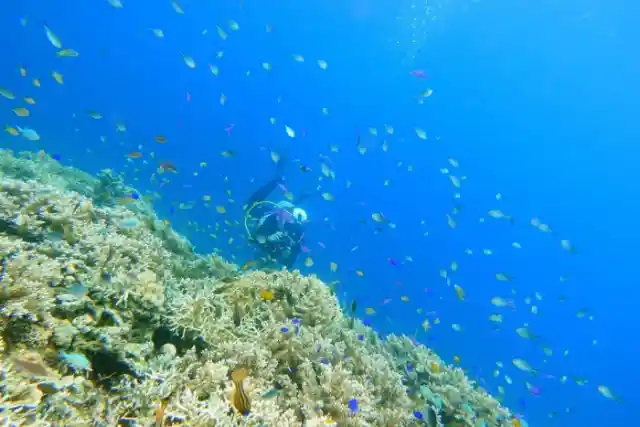
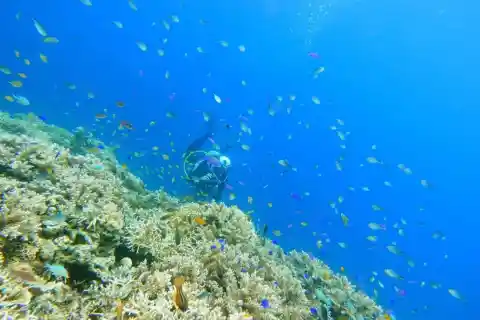
Coming Full Circle
The plastic pollution that humans serve to the marine bounties comes back to them in an amplified manner. Thanks to the food chains connecting organisms, this menace does not strangle only one life form. As a result, humans are paying for their materialistic deeds though in an indirect way. The fish and other marine organisms that feed on plastic waste, eventually end up on the platters of human beings. So the poison in their body also reaches human bodies. This has led to many poisonings and diseases across the world to leave human beings in a precarious situation.
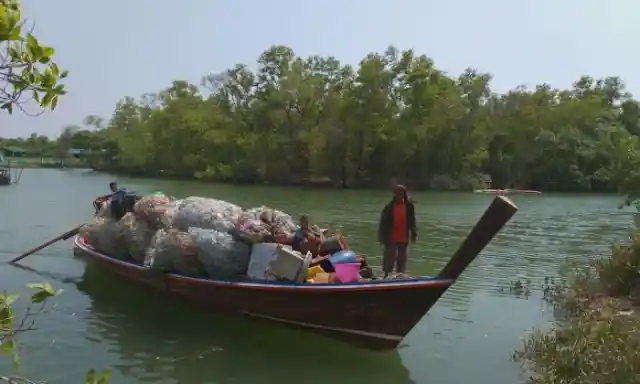

Global Scenario
Plastic pollution is whetting its global hues and presence. No matter, whether you live in a coastal or a landlocked country, plastic menace reaches the platter in various forms. The plastic fibers are flowing not just in the water bodies, but also in tap water and public scenes. One can sense the gravity of the situation from the fact that is also present in the salt bottle present on our table. Ocean scenes, irrespective of nature, size and location, are evolving as the worst-hit victims of plastic pollution. Their deteriorating state is also deteriorating the prospects of humans.
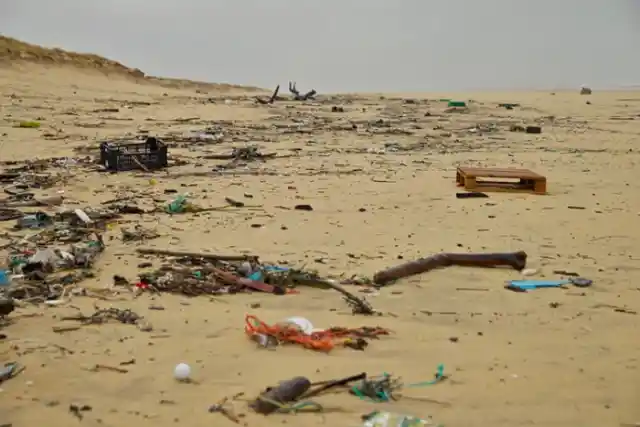
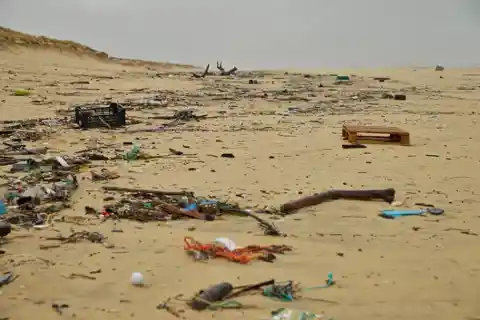
Fathoming Quantitatively
When one looks at the problem through the prism of numbers, one can see the alarms ringing around. According to Surfers Against Sewage, oceans receive 8 million pieces of plastic pollution every day. The annual figure stands at 12 million tones of plastic. Not just that, 80% of the marine debris consists of plastics. 5.25 trillion macro and micro plastic pieces are floating around the ocean. Animals are staring at the onslaught of marine pollution with 100,000 marine mammals and turtles and 1 million sea birds losing their lives annually. Thus, the situation is at its worst height.


Joining Hands
The time does not demand us to cry over the precarious situation. But it asks for every individual to contribute and club together to cut short the menace. The collective efforts in the right direction only hold the key to unlock the relieving bits to the growing problem. One can begin the fight against plastic by rising against single-use plastic. Adding to that, government and organization need to take cognizance of the grave matter. The shift to biodegradable materials forms another stepping stone in the fight. Thus, a collective and synchronized approach is the way out.
